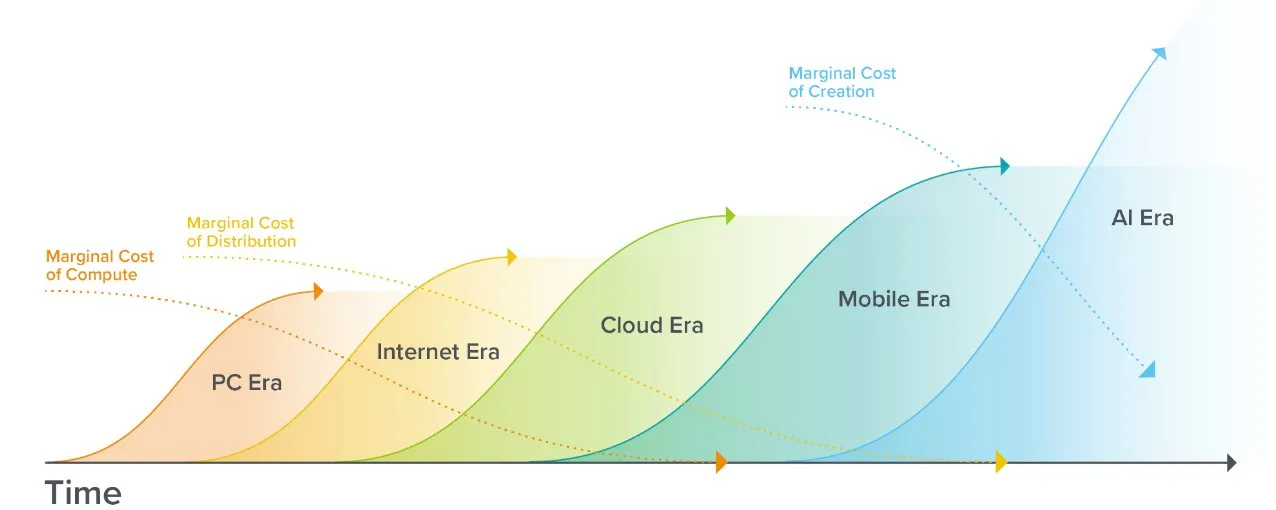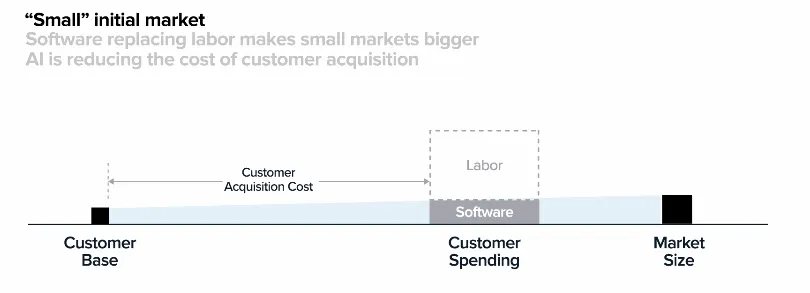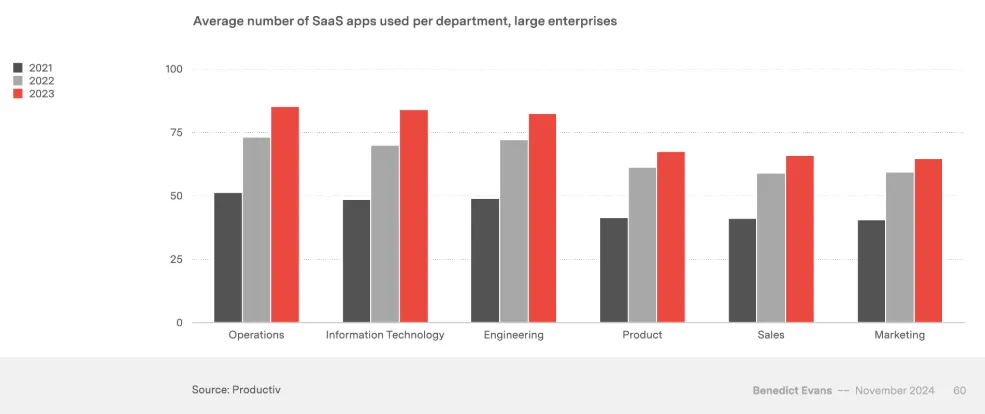Read the full article on Moonsong Labs
Introduction
We are in the midst of the AI era. By now, AI has been integrated into our everyday software experiences, as evidenced by chatbots and AI “buttons” everywhere. It is hard to imagine but we are still only at the early stages of this transformation, and we are yet to see what its most profound ramifications might be.
The rate of progress in LLMs continues unabated. As we turn the page on 2024, the industry is racing toward a potentially new scaling axis for LLMs through test-time compute, a paradigm which expands model reasoning performance during inference. The compute gold rush shows no signs of slowing down.
AI agents and tool-augmented agentic systems are becoming the preferred solution for embedding intelligence deeper into applications and workflows. 2024 already demonstrated some early successes of these architectures in coding agents [cursor, replit, v0, lovable,…] and agentic applications across several domains [ Workhelix, Bearing.ai, Credo.ai, … ].
The next generation of solutions, built on a true AI-native stack, have the potential to fundamentally transform how digital services are designed, developed, and delivered. This transformation goes beyond platform shifts seen in the past, as it redefines how we approach service delivery by shifting from rigid, slow-moving software and static, human-centric workflows to dynamic, AI-powered cognitive architectures guided by human expertise.
From SaaS to OSaS: Unlocking the Flexibility of Agentic Systems
The sheer flexibility of agentic systems gives both incumbents and innovators a completely new “cost-to-opportunity” playground in which to compete.
1. Falling Marginal Costs
 Source: Angela Strange (@astrange) “Fintech isn’t dead. It’s at a new beginning.” Twitter, 25 Mar. 2024, 3:15 PM, https://twitter.com/astrange/status/1833510244875645336.
Source: Angela Strange (@astrange) “Fintech isn’t dead. It’s at a new beginning.” Twitter, 25 Mar. 2024, 3:15 PM, https://twitter.com/astrange/status/1833510244875645336.
The cost of delivering new product features with agentic systems is falling rapidly, not only because producing code is increasingly cheaper but because creating the code for it may no longer be necessary! Today’s agentic systems can already handle diverse tasks through a dynamic composition of existing tools and agentic pipelines (or workflows) without needing every feature to be specified up front.
Agentic pipelines armed with reasoning and intelligent decision-making capabilities enable the end solutions to exceed the sum of their parts, allowing companies to address a significantly larger product surface area at a fraction of the cost.
Looking ahead, it can be expected that hard-coded tools and developer-defined agentic pipelines will evolve into adaptive components which can be learned and optimized automatically. Agents will autonomously search, define, implement, and refine tools and workflows as strategies for achieving their goals.
This will lower the marginal cost of introducing new product features even further, ultimately approaching the cost of inferring the required code (to solve a task or integrate a tool) and the agentic workflows to harness its results.
Over time, as recurring usage proves the market fit of product features, operating costs will converge towards execution costs alone, and new behaviors will get crystallized into re-usable tools and patterns which can be invoked and re-used efficiently when similar tasks are encountered.
Analogy: LLM changing use case discovery models In traditional software development, introducing a new feature involves several canonical steps: identifying requirements, validating them, implementing an initial version, testing it internally with your quality assurance (QA) team, releasing it iteratively to some users via feature flags for early feedback, and finally releasing it to all users. In an ideal form, this process typically yields a few high-satisfaction features.
In contrast, agentic systems allow users to express their needs directly through unstructured inputs (such as natural language) or adaptive user interfaces. Agentic systems then adapt and reconfigure themselves in real time to meet the specific requirements of each user, complete the required task(s), and collect user feedback directly—bypassing many manual processes altogether. As many users have similar needs and provide constant feedback, continuous on-the-fly adaptations will ultimately be generalized into standard product features which effectively streamline the development process into a continuous, user-driven evolution.
2. Growing addressable markets for AI
 Source: Andreessen Horowitz. “AI Inside: Opens New Markets for Vertical SaaS.” a16z Blog, 15 Mar. 2024, https://a16z.com/vsaas-vertical-saas-ai-opens-new-markets/.
Source: Andreessen Horowitz. “AI Inside: Opens New Markets for Vertical SaaS.” a16z Blog, 15 Mar. 2024, https://a16z.com/vsaas-vertical-saas-ai-opens-new-markets/.
As adaptable agentic systems take hold, they will transform how startups think about their product strategies, allowing them to significantly expand the scope of their offerings. Over time, adaptable agentic systems will begin to resemble entire operating systems (or OS as a Service) due to their sheer breadth and an increasingly wide range of integrations.
Solutions which capture entire verticals – Vertical Saas – will become a natural progression driven by the need for context awareness and fundamental efficiencies related to low marginal costs. By expanding vertically, agentic systems will be increasingly better equipped to manage end-to-end workflows compared to the disparate solutions that they replace, creating defensible moats.
As the addressable market grows with the surface the product covers, Vertical SaaS can pursue the total software spend of their target user base, as well as some its labor cost, thanks to the efficiencies brought in by AI.
Many more industries that currently fly under the radar due to their market size (measured by SaaS spend alone) could become a target for a Vertical SaaS unicorn and unlock a race across all verticals.
 Source: Evans, Ben. “AI, and Everything Else.” Ben Evans Blog, 10 Dec. 2024, https://www.ben-evans.com/presentations.
Source: Evans, Ben. “AI, and Everything Else.” Ben Evans Blog, 10 Dec. 2024, https://www.ben-evans.com/presentations.
“There are two ways to make money. You can bundle, or you can unbundle.” Jim Barksdale, former CEO of Netscape
The Rise of the Agent Economy
As adaptive agent systems gain adoption in most verticals, they are set to significantly change how software is designed, composed, and commercialised.
Just like traditional operating systems markets gave rise to vast ecosystems and economies, we believe that the same will happen with agentic systems, leading to the rise of an “Agent Economy”.
Crucial infrastructure and tooling will be needed for new Agentic Operating Systems to thrive. Here are a few examples:
Adaptive systems call for agents to search for third-party tools, interact with them, and assimilate them to acquire new abilities. For this to happen reliably at scale, agents will need well-defined, bounded environments and/or protocols to search and evaluate tools and agents in real time.
Operating independently, agents will soon acquire and assimilate commercial services or data without human intervention. To function effectively in real time, agents themselves must become economic participants, which calls for a shared global framework where identity, reputation, and value can be represented.
Standardized action interfaces will be vital for network effects across agent frameworks and networks, opening the door for collective action learning. When each agent learns from all other agents’ past actions, the network can generalize actions and integrations much faster and converge toward known good solutions: as a result, efficiency will be improved for all members in the network.
These are just a few considerations around the needs of this new paradigm. The journey toward the Agent Economy involves rethinking how software is built and composed, with agents at its very center.